Why Should We Protect Our Wetlands?
Posted on May 24, 2016 by SDG
Posted on May 24, 2016 by SDG
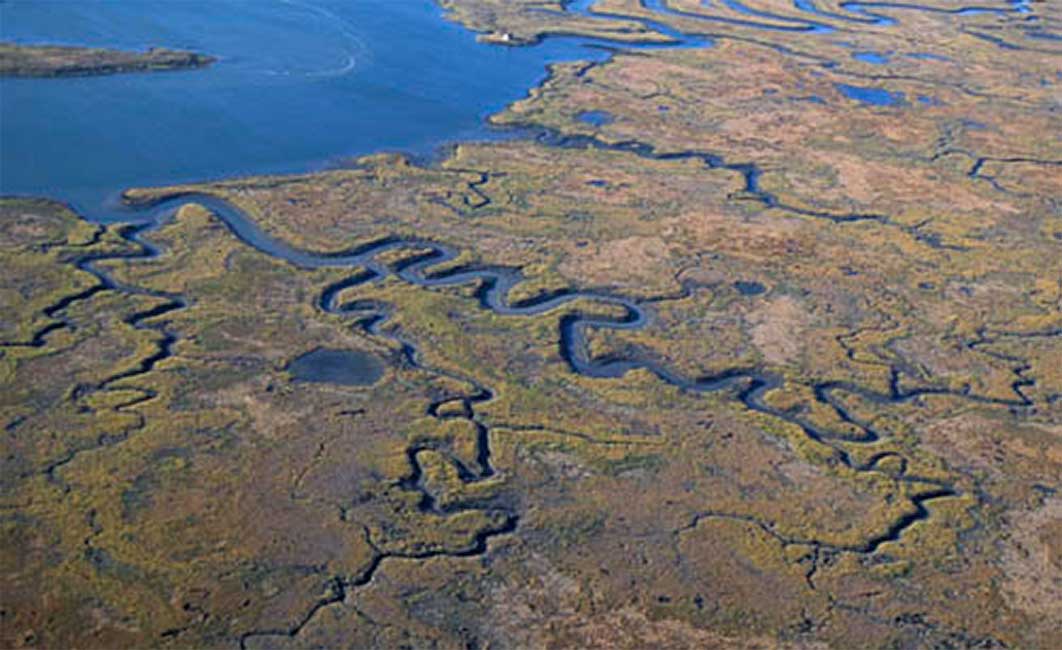
First, what is a wetland?
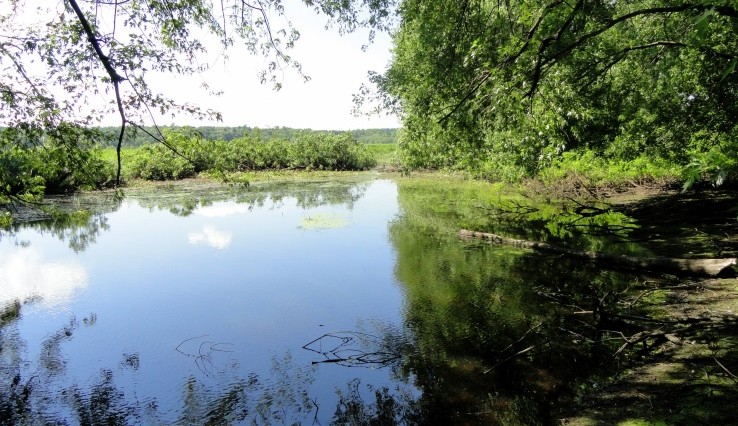
Sudbury River, Wayland MA
The Environmental Protection Agency defines a wetland as “an area where water is present either at or near the surface of the soil for all year or varying periods of time during the year” (epa.gov). This means that wetlands are not only ponds, lakes, and rivers, which have water on the surface throughout the year, but also areas such as swamps, vernal pools, and floodplains, which only have water on the surface at various times during the year. You don’t have to be able to see water for it to be a wetland!
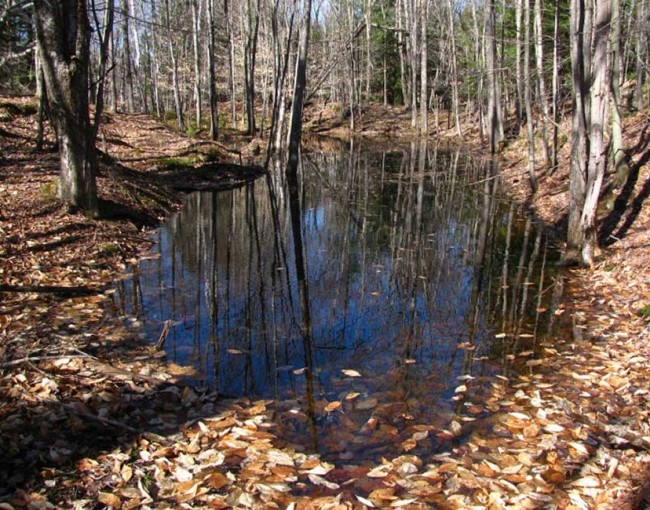
Vernal pools are only filled with water in the spring. The water is from the melted snow of the winter!
That being said, why are they important enough for us to want to protect them? It turns out wetlands provide a large amount of benefits not only environmentally, but also economically, socially, and culturally.
Water Quality:
Through storm water runoff and sewage systems leading to waterways, we dump a multitude of various pollutants into wetlands. These pollutants include household waste, lawn fertilizers, oil and other fluids leaking from vehicles, and dog and other animal waste. If they don’t enter the wetland directly, they are washed into storm drains which are eventually dumped into natural bodies of water.
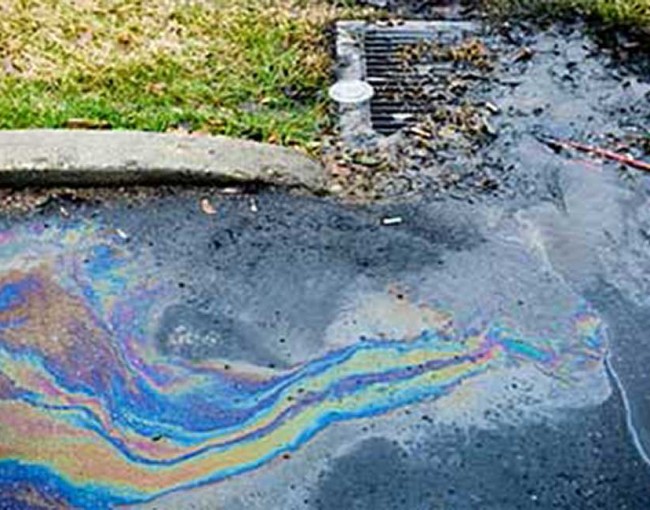
Rain water carries pollutants into catch basins and eventually into natural waterways.
Although too much of this is obviously unhealthy for the wetland, a certain amount can actually be trapped in the soil, preventing the pollutants from traveling further downstream and into our drinking water.
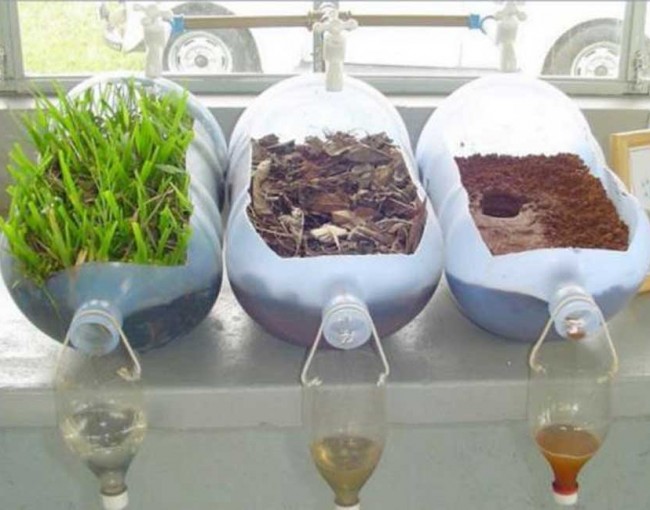
Vegetation can filter pollutants and sediments, giving us cleaner drinking water! The plants and biological processes in wetlands can break down these pollutants and convert them into less harmful substances.
Flood Management:
When we get rid of our wetlands such as salt marshes, the water from storms such as Hurricane Sandy has no place to go. This makes the damage infinitely worse.
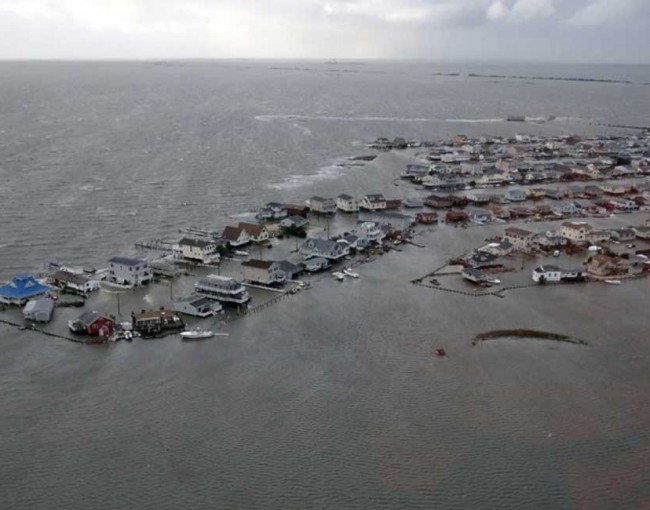
When a large storm hits, wetlands act as buffers that soak up storm water and slow down overland flow. This lowers the volume of floodwaters, reducing shoreline and stream bank erosion.
Mother Nature gave us wetlands as flood control structures. Preserving our natural ones lowers or even eliminates the need to build expensive new ones!
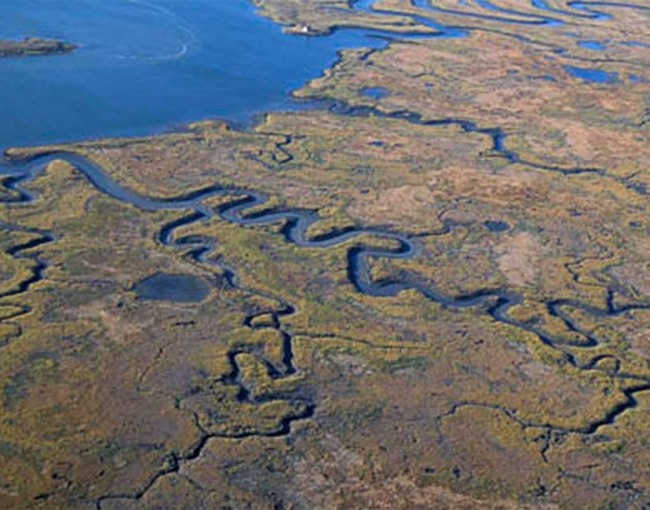
Salt marshes: Mother Nature’s natural flood protection
Carbon Sequestration:
Although wetlands only cover about 9% of the earth’s surface, they are estimated to contain around 35% of the total amount of global terrestrial carbon. Wetlands are a carbon sink, meaning they safely store carbon dioxide and other greenhouse gases, keeping them out of the atmosphere.
Preserving our wetlands can therefore slow down the effects of climate change!
Habitat for Plants and Animals:
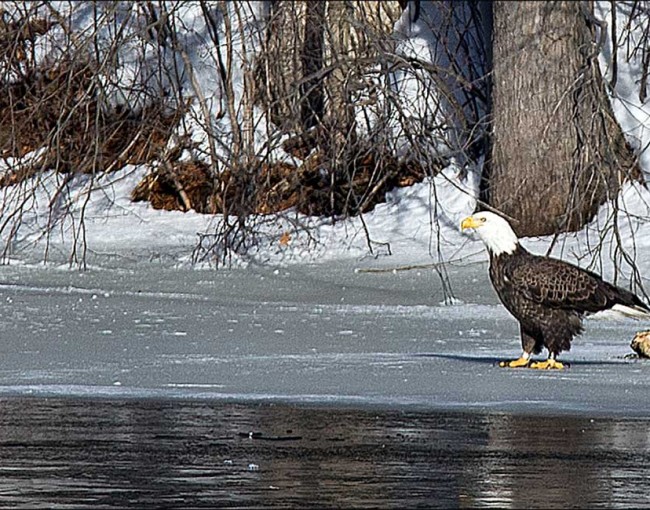
A Bald Eagle makes his home on the Sudbury River in Framingham
Many plants and animals call wetlands home. They are not only important to fish but also to amphibians such as frogs, migratory birds, and terrestrial animals such as bears who rely on fish to eat!
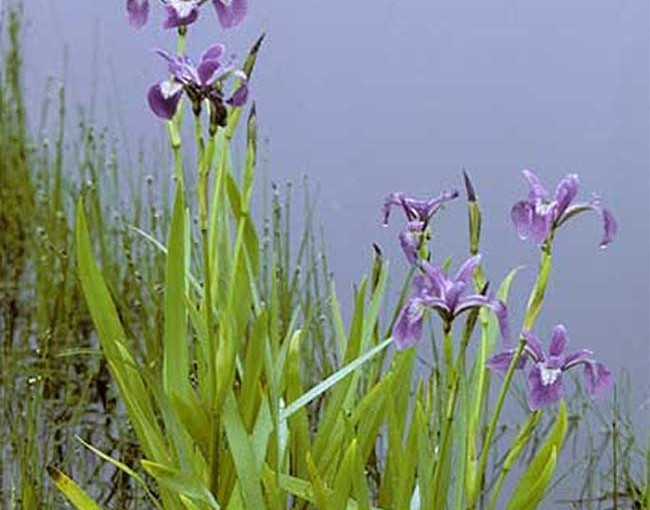
Iris versicolor, or Blue Flag Iris, is a beautiful wetland perennial native to New England!
Some of these organisms who live here are specialists, meaning they can only live in certain wetlands. Therefore, eliminating wetlands can equal eliminating species.
For all of these reasons and more, wetlands are vital resources which we can’t afford to lose!
What We Can Do on Our Properties:
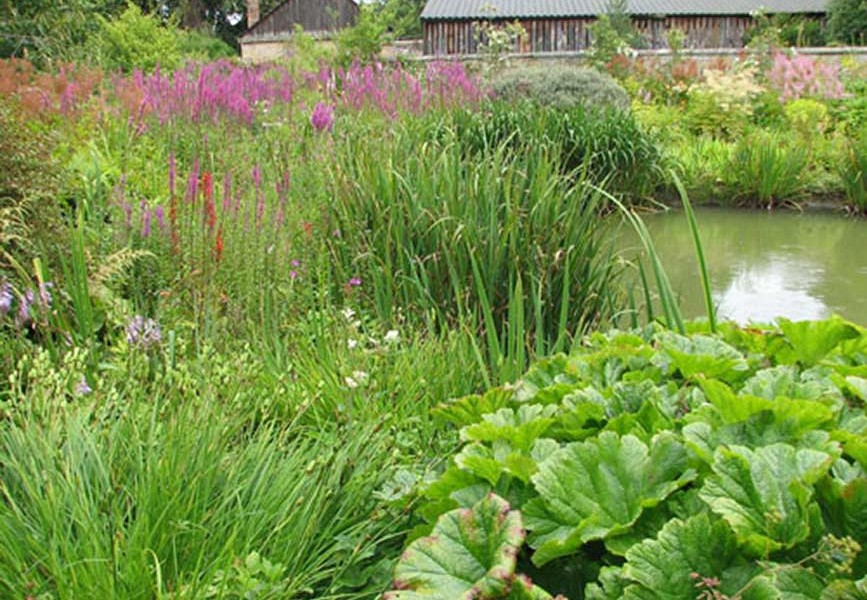
It’s not just state agencies and regional projects that work to heal and preserve wetlands, rather we can do it in our own backyards! There are many ways in which we can help protect our wetlands and all the services they provide for us.
1.Keep Your Distance:
In Massachusetts, in order to perform any work within up to a 200 foot buffer of a wetland requires a permit from the local Conservation Commission. Although this process may seem long and complicated, it is extremely important!
Construction on or near a wetland can be very harmful. Habitats for plants and animals can be destroyed, debris and pollutants from the construction site can easily enter the water, and manipulating the land can easily disrupt the natural processes occurring in the wetland.
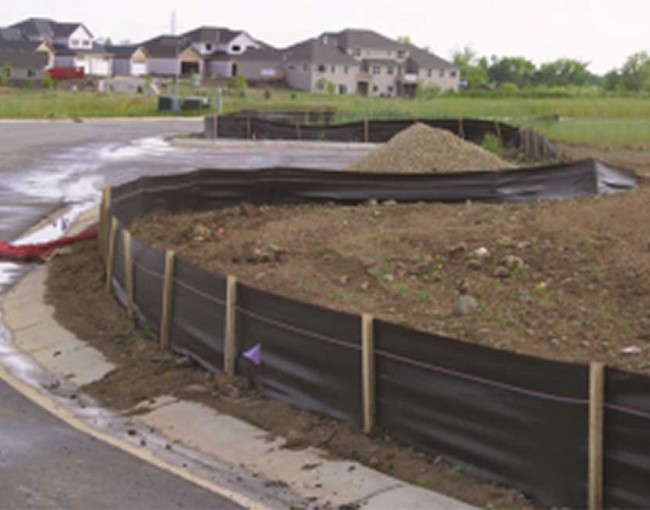
Silt fences are one method of runoff and erosion control on a construction site.
The process of receiving a permit is necessary in order to assure that none of this will happen. We need wetlands, and even through the wetland on your own property may seem small, it plays a very important role in the grand scheme of things!
2.Infiltration over Conveyance:
The standard method of redirecting rainwater is conveyance. We convey water through a series of constructed catch basins and pipes and eventually to a natural body of water. The goal here is to get the water off the site as quickly as possible.
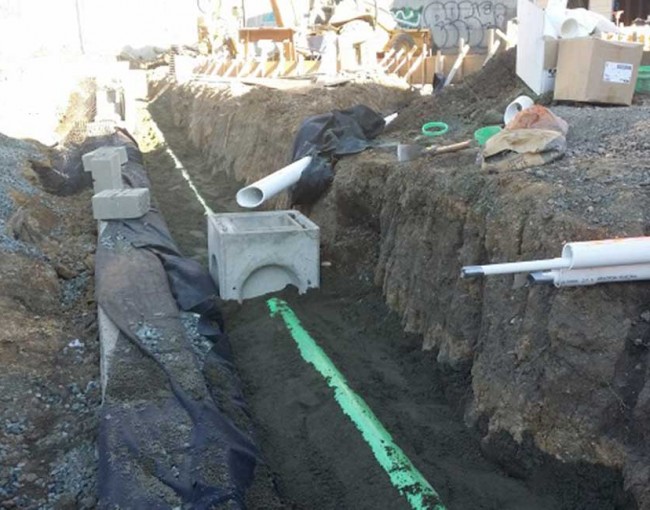
Sending rainwater through catch basins and pipes never allows it to infiltrate into the soil.
With this approach, the pollutants that the water picks up never have a chance to be filtered out. Instead, the water traveling through the network of pipes only becomes more and more contaminated before it is finally dumped into the stream, lake, or ocean.
The dumping of this rainwater into wetlands also increases stream flow at an unnatural rate, leading to intense soil erosion.
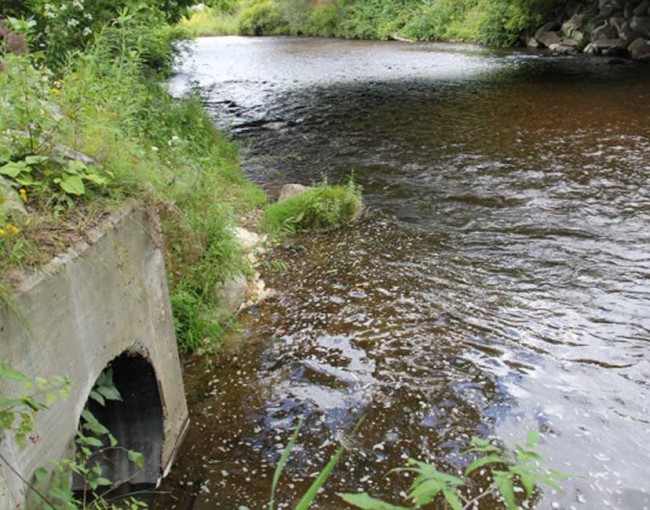
Contaminated water is dumped into natural waterways.
An alternative method to rainwater management is infiltration. The goal of infiltration is to keep water on the site for as long as possible.
Keeping water on-site prevents pollutants from lawns, driveways, etc. from ever reaching natural bodies of water. It also decreases stream flow, therefore decreasing flooding and soil erosion.
A way to increase infiltration is to…
3.Choose Pervious instead of Impervious:
Impervious surfaces, such as standard asphalt and concrete, force water to flow across it and, in many cases, to a catch basin.
Pervious surfaces allow water to flow down into the ground. This recharges groundwater, filters water leading to better water quality, and ultimately protects the wetlands downstream.
Examples of pervious surfaces include:
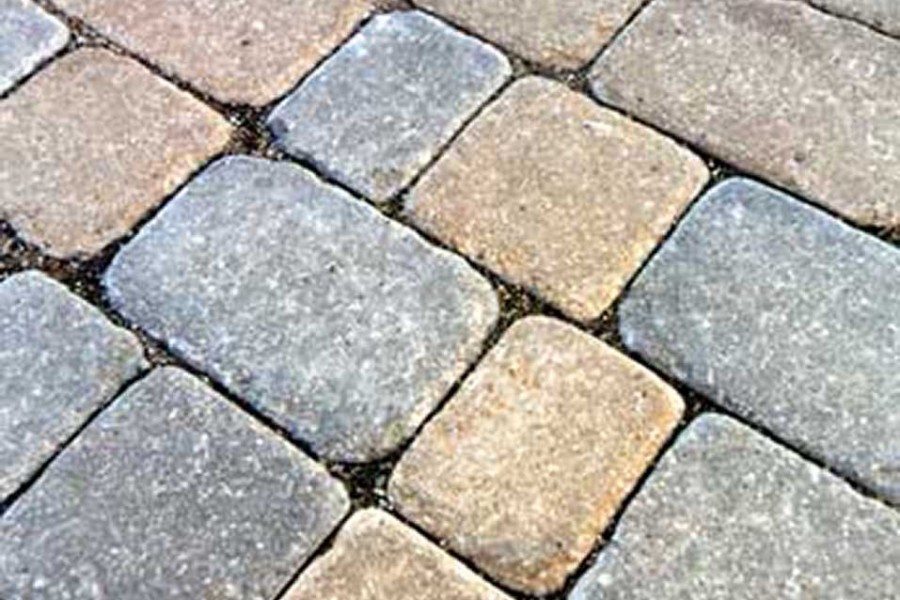
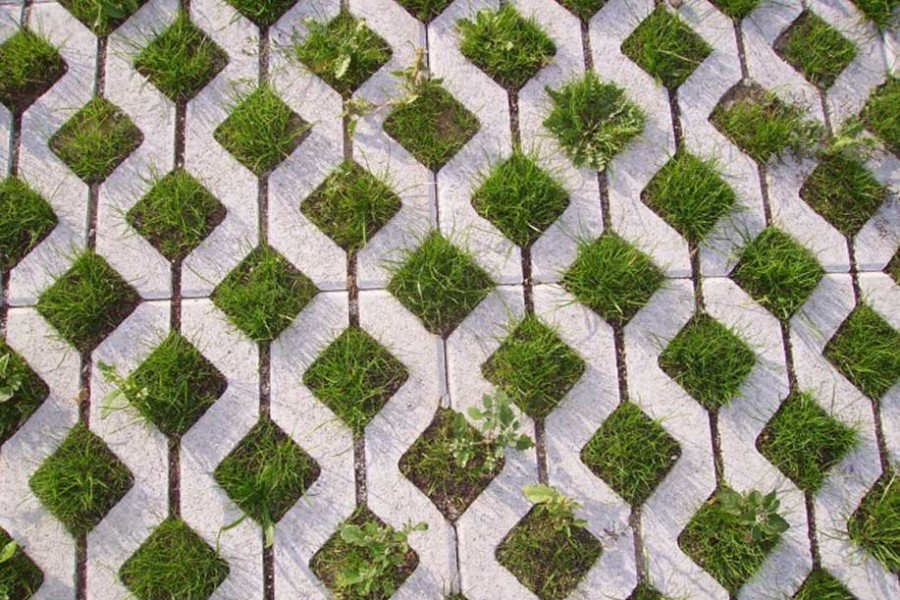
4.Create Rain Gardens:
Rain garden is a broad term for a landscape element used to capture, divert, and make the most of rain falling on a site. Instead of treating the rainwater like a nuisance and getting it off the site as quickly as possible, rain gardens treat water like the necessary resource that it is.
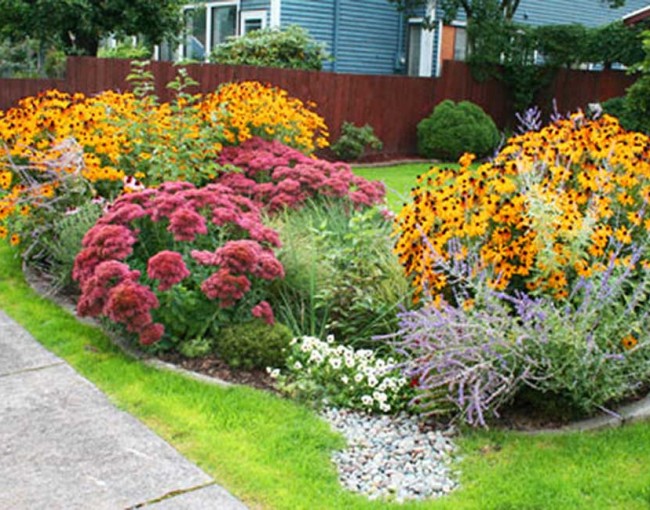
Collecting rainwater through rain gardens not only prevents all of the problems that arise when water travels through conveyance systems, but it also takes advantage of this rain by using it to water the plants in the garden.
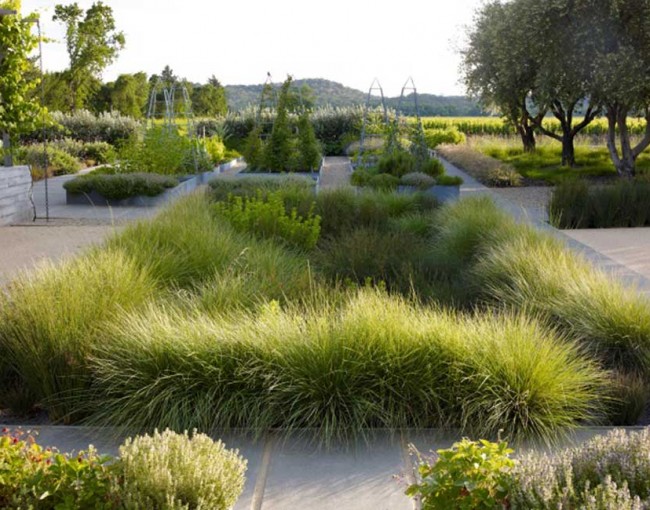
Lastly, rain gardens are beautiful!
Although preserving our natural wetlands may seem like a daunting task, there are so many ways we can do our part to help, even just on our own properties!